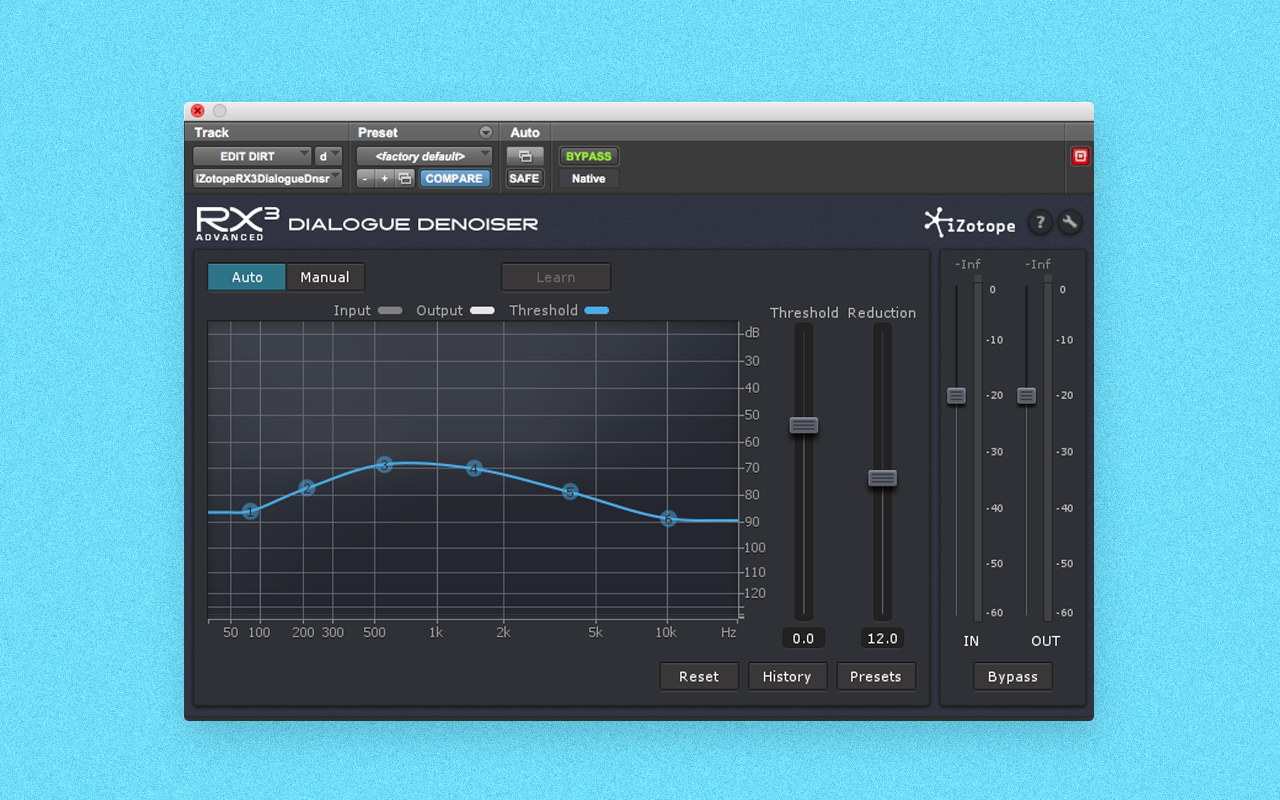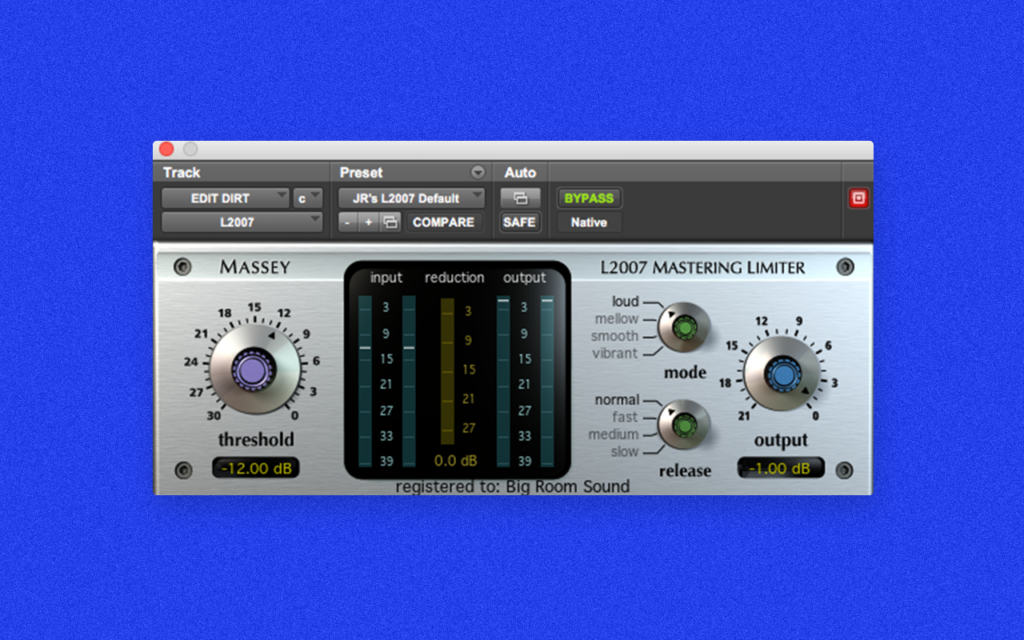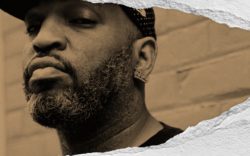In our new series Behind the SFX, we ask professional sound designers to explain how they approached the sound effects design for a project they’ve worked on recently.
To launch the series, award-winning sound designer and re-recording mixer J.R Fountain of Big Room Sound talks to us about how he used a pile of bricks (literally) and some beloved plugins to create sounds for the horse galloping SFX sequence for Paramount Pictures’ Ben-Hur 360 animation.
Sign up for a free Splice account to download the original sound effects stems for the sequence.
This blog post mentions Splice Studio, which is no longer active. Learn more about the shutdown here.
I’ve got galloping horses in my library but I thought this would be a good opportunity to make something new that was different from what I had. So the goal was to create a clean set of onboard galloping horse feet. The dramatic kind where the hooves are really pounding.

J.R’s field recording gear and set up. (Illustration: Leesh Adamerovich)
S: Walk us through the gear you used.
JR: My parents live on a 70-acre farm about 10 minutes from my house, and I tend to do a lot of recording there. They have a side dirt road that rarely gets used, and I thought that would be a good quiet place to record. I’m not always terribly prepared when I go there, so I looked around for something that could work for horses feet and found a couple bricks.
I took those with me to the dirt road and set up my little rig there which is a pair of Neumann KM184’s, a Sound Devices MixPre and a Sony M10 recorder. My mics are in a Rycote for wind protection. This would all need to be pretty closely mic’d to keep the signal up and ambient noise down.
S: Did you face any challenges with this particular SFX sequence?
JR: Bricks were a good prop in that they’re heavy and hard, however, they’re kinda clinky sounding because they’re clay. So I had to be mindful of holding them tight enough to damp them.
Another challenge was in the performance. When you’re making rhythmic sounds like a gallop it’s so much easier to perform it properly first otherwise you end up having to spend too much time editing afterward. I ended up editing it quite a bit, but something that was helpful was using another galloping track from my library as a guide track to get the rhythm right.
S: There is a distinct difference between the raw and edited files. Did you focus on capturing particular sonic qualities that would be essential to the final effect?
JR: Yes, as you can hear in the slates of my raw recordings, I was trying to record a lower thumpy take, a higher punchier take, and a dirt texture. To do this I used different parts of the road. For the lower thump, I used the side of the road where the dirt was looser. For the higher punch, I used the middle of the road where it was more packed and hard. Then for the dirt texture I just kicked up dirt with my feet. It’s not unlike mic’ing a kick drum where you place a mic inside the drum for the crack and one outside for the thump.

iZotope RX3 Dialogue Denoiser used the edited Dirt and Low tracks
S: I see that you’ve used iZotope’s Dialogue Denoiser on the Dirt and Low tracks. What were you trying to achieve?
JR: I’ve found the Dialogue Denoiser a helpful tool for removing air noise in sound effects. I like it because I find I can reduce a fair amount of noise without the typical underwater’y artifacts of other de-noisers.
When you’re recording outside it’s a fact of life, but if I can pull some of that out to clean up the sound a bit I will, especially if you’re working in layers where it can add up.

Massey L2007 Limiter
S: You’ve used a limiter on some of the tracks here. Is it critical that a sound effect be of a certain loudness after it is processed?
JR: Limiters are huge for me when it comes to sound effects. I like to pull up the low-level details, and I like to thicken up sounds, especially impacts.
Sometimes that’s for extra drama, other times it’s to bring out the character of a sound, which I often find is in those quieter parts. Like all processing though, you have to be mindful not to overdo it. There isn’t a critical loudness per se, actually for me, it really depends on the sound.
If it’s a loud sound like a metal crash, then I master it loud, but if it’s a soft sound like a country bird atmosphere then I master it quiet. When I pull these sounds out to use them in my work I want their volumes to be in the ballpark of how I’d typically use them, which saves me time.
S: Are there any tips you would give young sound designers when approaching creating their own sound effects?
JR: Don’t get hung up on the recording gear, rather get hung up on the sound you are recording. Not that recording gear isn’t important but focus your attention on finding great locations, great props, great mic positions and you’ll be laying the foundation for awesome sounding tracks.
One of the most enjoyable parts of my job these days is getting out of the studio and hunting for great sounding material by exploring my surroundings. You’d be surprised what you can find and what you’ll learn.
S: Thanks J.R for taking the time to answer our questions! Till our next blog post, check out J.R’s Big Room Sound SFX catalog here on Splice.
July 13, 2017

.svg)
.svg)




